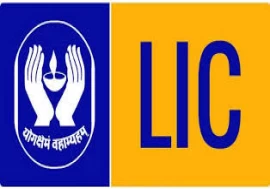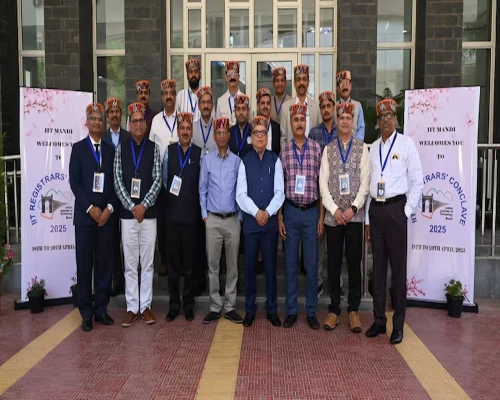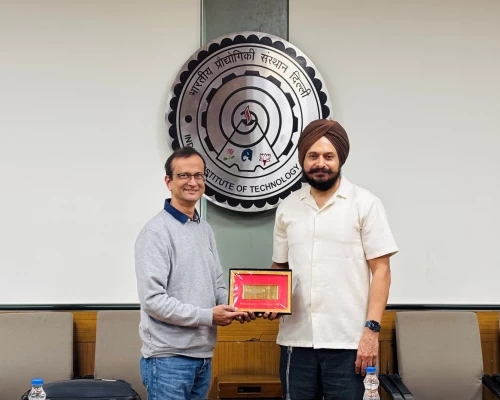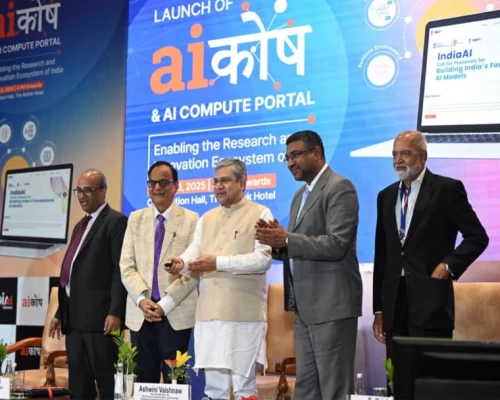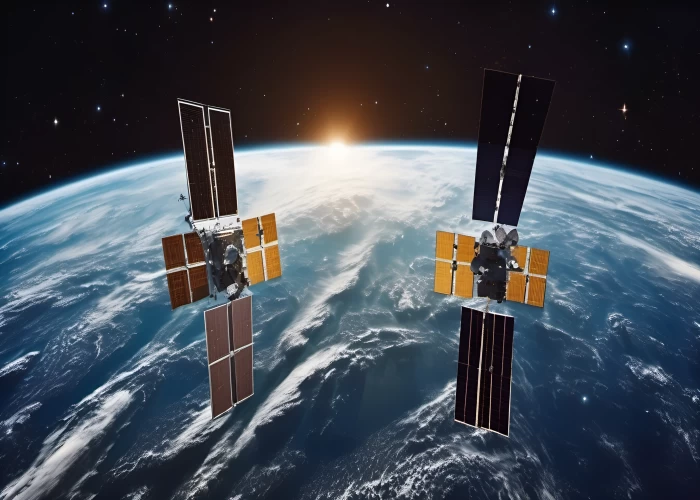
New Delhi: The Indian Space Research Organisation (ISRO) achieved a significant milestone in the early hours of Thursday, 16th January 2025, with the successful execution of the SpaDeX docking experiment. This makes India the fourth country, after the USA, Russia, and China, to accomplish this historic feat.
The experiment involved two small satellites, SDX01 (Chaser) and SDX02 (Target), which were launched by PSLV C60 on 30th December 2024. The spacecraft successfully docked after a complex procedure, which was closely monitored by ISRO officials from the Mission Operations Complex (MOX) at the ISRO Telemetry, Tracking, and Command Network (ISTRAC).
ISRO shared the news on X, celebrating the achievement: "Docking Success Spacecraft docking successfully completed! A historic moment. Let’s walk through the SpaDeX docking process: Manoeuvre from 15m to 3m hold point completed. Docking initiated with precision, leading to successful spacecraft capture. Retraction completed smoothly, followed by rigidisation for stability. Docking successfully completed. India became the 4th country to achieve successful Space Docking. Congratulations to the entire team! Congratulations to India!"
Following the docking, control of the two satellites as a single object was successfully achieved. ISRO mentioned that undocking and power transfer checks will be carried out in the coming days.
Earlier this week, ISRO had successfully manoeuvred the two satellites within three metres of each other during a trial run. After this, the spacecraft were moved back to a safe distance.
The SpaDeX mission aims to develop and demonstrate key technologies for spacecraft rendezvous, docking, and undocking, using two small satellites. These advancements are critical for future space missions, including sending an Indian astronaut to the Moon, sample return from the Moon, and the development and operation of an Indian Space Station.
One of the key objectives of the mission is to demonstrate the transfer of electric power between the docked satellites, which is vital for future applications such as in-space robotics, composite spacecraft control, and payload operations after undocking.
ISRO stated that after the docking and undocking events, the satellites would be separated and utilised for future application missions. “After successful docking and rigidisation, electrical power transfer between the two satellites will be demonstrated before undocking and separation of the two satellites, which will begin operation of their respective payloads for the expected mission life of up to two years,” ISRO explained.
The docking process required further validation through ground simulations based on an abort scenario identified on 6th January, which led to a postponement of the experiment. On 8th January 2025, ISRO announced the postponement of the docking experiment, which was originally scheduled for 9th January, due to the satellites drifting more than expected. This drift was subsequently corrected before the experiment was successfully carried out.
The SpaDeX mission was launched on 30th December 2024 from the Satish Dhawan Space Centre in Sriharikota. Shortly after liftoff, the two satellites, each weighing around 220 kg, were placed into a 475-km circular orbit, as planned.
BI Bureau



